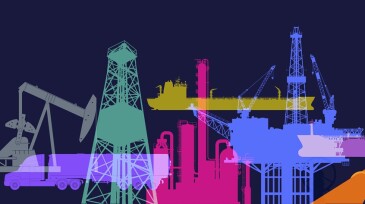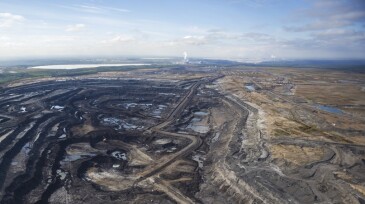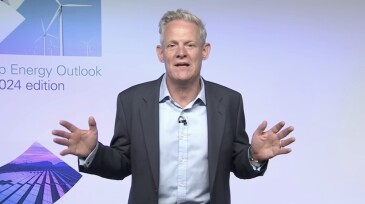emissions
-
This paper serves as a comprehensive overview of greenhouse-gas emission source data visibility in oil and gas production operations.
-
The drilling contractor is spending big to deploy natural-gas-powered microgrids and battery storage.
-
Absolute Greenhouse Gas Emissions From Canadian Oil Sands Near Flat in 2023, Even as Production GrewAnalysis by S&P shows that the annual growth in absolute emissions was less than 1% for the third consecutive year.
-
This paper describes a project in the heavy oil Captain field in the UK sector of the North Sea in which reduced environmental impact dovetails with improved economics.
-
This paper describes a polymer-injection pilot in the Chichimene heavy oil field in Colombia.
-
DNV’s Energy Transition Outlook 2024 projects continued growth in solar; slower growth in wind; and declines in coal, oil, and gas, while hydrogen and carbon capture projects are struggling.
-
Industry experts advocate for collaboration to develop and test technology that can reduce emissions without breaking the bank.
-
The settlement to reduce emissions in North Dakota includes the largest ever Clean Air Act stationary source penalty and is expected to result in the reduction of more than 2.3 million tons of pollution.
-
BP’s 2024 Energy Outlook warns delayed decarbonization efforts will result in costly and disorderly energy transition.
-
This article explores the implementation of artificial intelligence vision for leak monitoring automation in the oil and gas industry and its role in improving safety standards, operational efficiency, and environmental performance.










